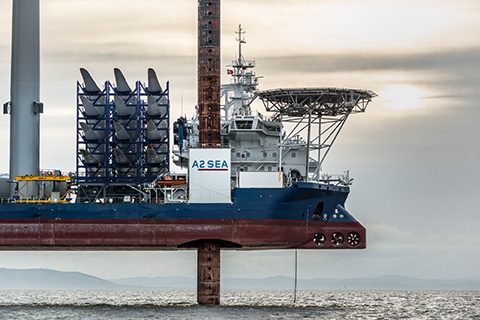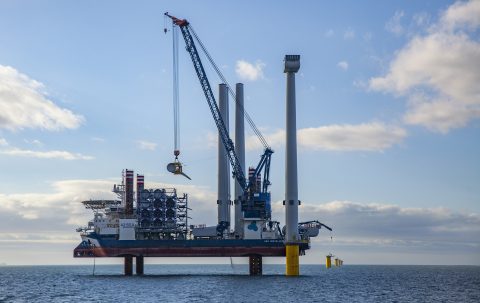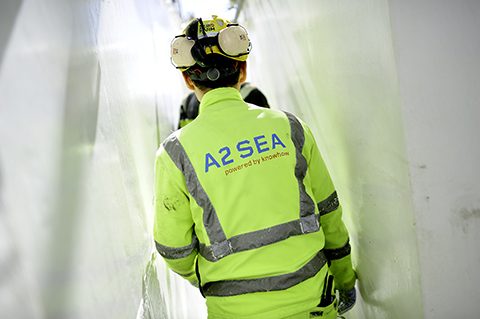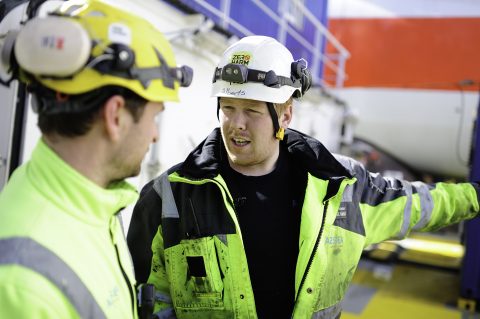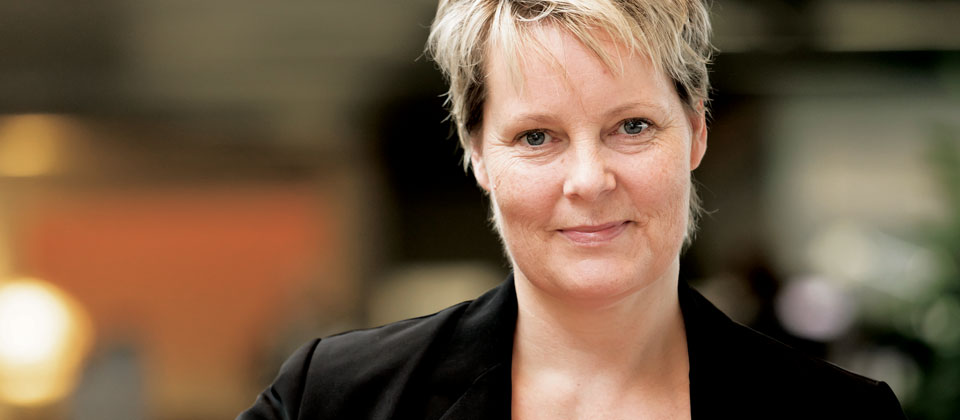
By Michael Lau, Senior Operational Safety Manager, A2SEA
It’s commonly said that the only difference between men and boys is the size of their toys. So it may seem completely backwards to have a room of fully grown offshore wind people playing with tiny LEGO block models to help coordinate the installation of some of the biggest ‘toys’ in the world: offshore wind turbines. Strange, perhaps, but it’s clearly an innovative approach that, in its own small way, can contribute to lowering the levelised cost of energy (LCoE).

